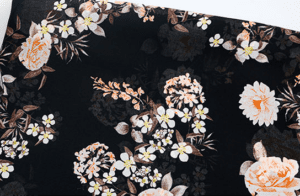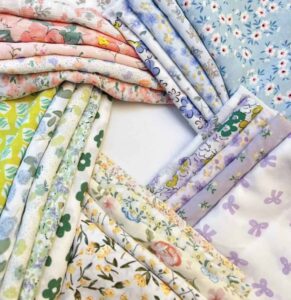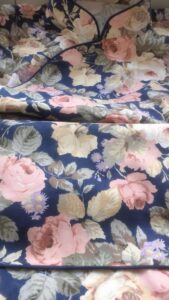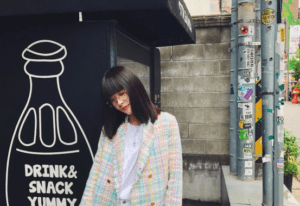
This summer, triacetate has won the hearts of many fashionistas for its silk-like sheen, cool feel and excellent drapability. Open Red app and search for ‘triacetate’ and you’ll find over 10,000 notes shared. What’s more, the fabric stays flat without the need for care and can be worn for a hundred dollars with the feel of a thousand.
In recent years, triacetate fabric has been frequently seen in the high fashion shows of Marc Jacobs, Alexander Wang and Acne Studios, and is one of the must-have fabric categories for spring and summer used by many major brands, as well as a focal point for luxury brands to compete with. What exactly is triacetate fabric? Can it really be compared to silk? Is di-acetate fabric not as good as tri-acetate? In this issue, we’ve put together some tips on triacetate fabrics for you to better distinguish and select.
What are triacetate fibres?
Triacetate is a type of Cellulose Acetate (CA), a chemical fibre made from cellulose, which is converted into cellulose acetate by a chemical synthesis process. Simply put, it is a recycled fibre made from natural wood pulp and is a new type of fibre developed by Mitsubishi Japan that combines nature with high technology.
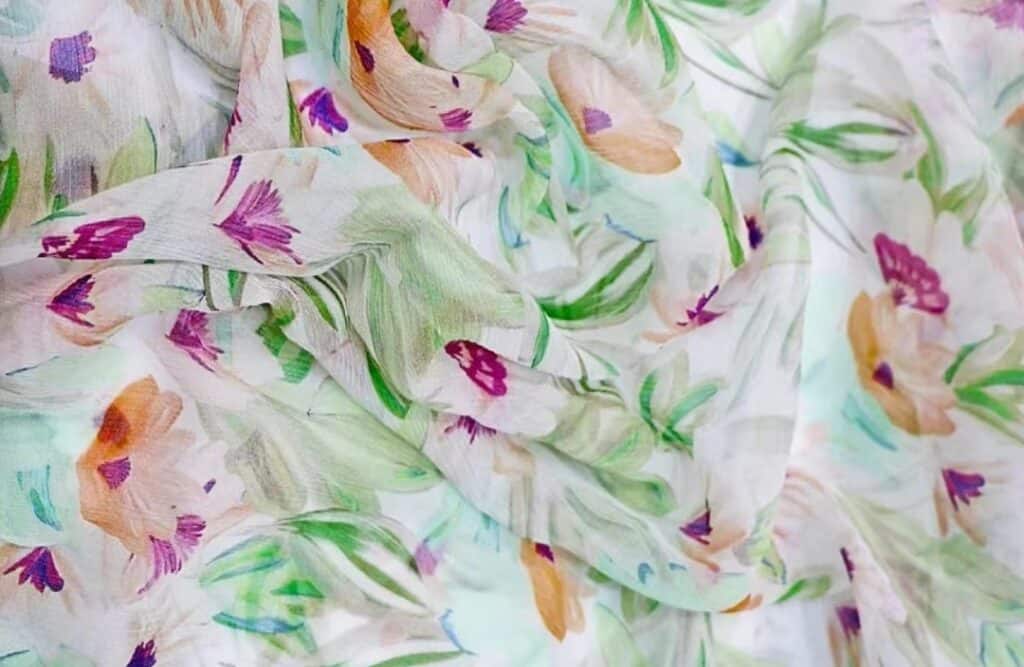
What are the advantages of triacetate?
In terms of sustainability, triacetate fabrics are made from high purity wood pulp and are sourced from well-managed sustainable eco-forests, making them sustainable materials and eco-friendly.

What are the advantages of triacetate?
Triacetate is sought after mainly because of its performance against mulberry silk, known as “washable vegetable silk”. Triacetate has a similar sheen to mulberry silk, drapes smoothly and is very soft and cool to the skin. Compared to polyester, it is more absorbent, quick-drying and less prone to static electricity. More importantly, it overcomes the disadvantages of silk and woollen fabrics, which are not easy to care for or wash, and is less prone to deformation and wrinkling.
In terms of sustainability, triacetate fabrics are made from high purity wood pulp and are sourced from well-managed sustainable eco-forests, making them sustainable materials and eco-friendly.
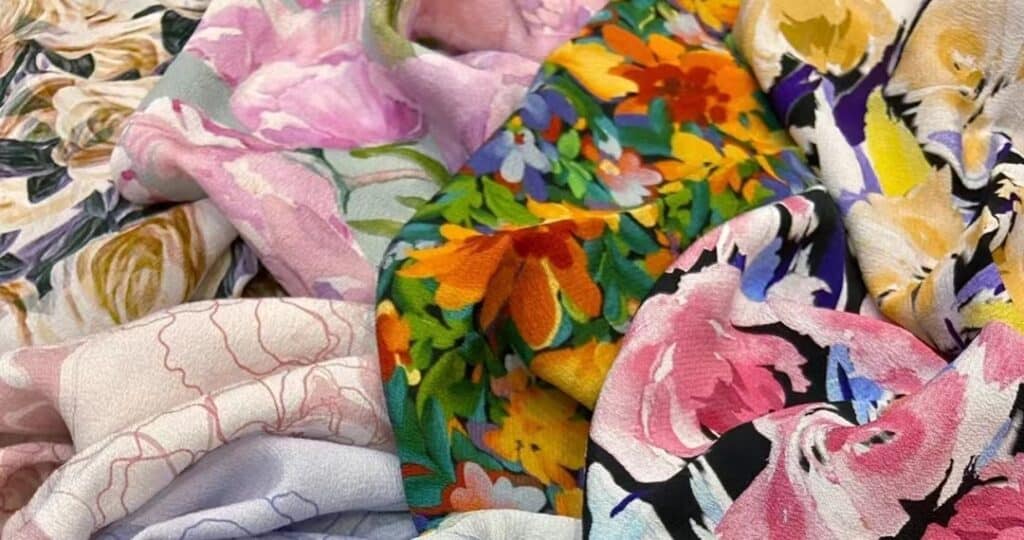
How to distinguish diacetate and triacetate?
Many merchants like to compare tri-acetate fabrics with di-acetate fabrics to highlight the advantages of tri-acetate. They have the same cool, silky feel and drape as silk and are as washable as polyester, but the fibres are a little thicker and the texture less varied than triacetate, but they are more cost effective and hardwearing.
The easiest way to tell the difference between diacetate and triacetate is to look at the product label. As there is a significant cost difference between the two fabrics, if the product is made from triacetate, the brand will make sure it is identified as such. When it is not specifically stated that it is triacetate, the general term acetate refers to diacetate.
From the feel, diacetate fabrics feel dry and slightly absorbent; triacetate fabrics feel smoother, drape better and are closer to real silk.
From a professional point of view, both di-acetate and tri-acetate are acetic acid fibres (also known as acetate fibres), which are among the early chemical fibres developed in the world. Acetate fibres are made from cellulose pulp, which is acetylated to form cellulose esterified derivatives and then spun by dry or wet processes. Depending on the degree of hydroxyl substitution by acetyl groups in cellulose, it can be divided into di-acetate and tri-acetate fibres.
Di vinegar is a type I vinegar ester formed by partial hydrolysis, and its esterification degree is lower than that of tri vinegar. Therefore, the heat resistance is less than that of triacetin, the dyeing performance is better than that of triacetin and the moisture absorption rate is higher than that of triacetin.
Tric vinegar is a type I vinegar ester which is not hydrolysed and its degree of esterification is higher. As a result, it is more resistant to light and heat, has poorer dyeing properties and has a lower moisture absorption rate (also known as moisture regain).
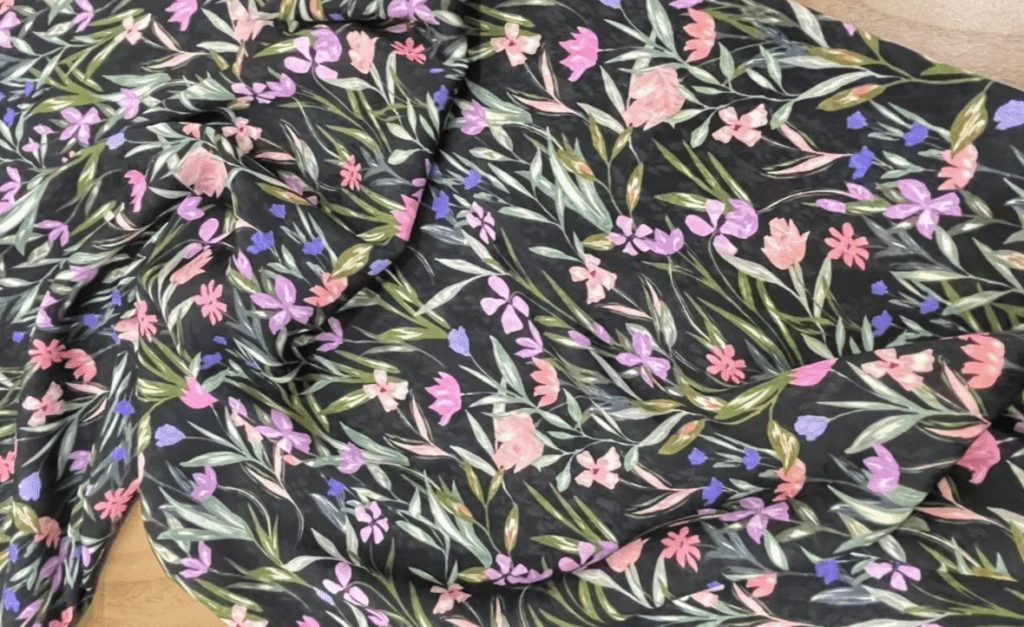
Which is better, triacetate or mulberry silk?
The two fibres have their own characteristics. Triacetate is similar to mulberry silk in terms of appearance, feel and drape.
From a professional point of view, in terms of mechanical properties, the strength of triacetate is low, the elongation at break is high, the ratio of wet to dry strength is low but higher than that of viscose silk, the initial modulus is small, the moisture recovery rate is lower than that of mulberry silk but higher than that of synthetic fibres, the ratio of wet to dry strength, the relative hooking and knotting strength and the elastic recovery rate are not very different from that of mulberry silk. Acetate fibres are therefore the closest in performance to mulberry silk among chemical fibres.
Compared to mulberry silk, triacetate fabric is less delicate, and clothes made from it are less prone to wrinkling and can maintain their shape well, making them better to maintain and care for on a daily basis.
Although mulberry silk, known as the “queen of fibres”, is skin-friendly, breathable, smooth, soft and elegant, it has obvious drawbacks: it is more difficult to care for and maintain, and colour fastness is also a weakness of natural fabrics.
If you know these advantages and disadvantages, you can choose the right fabric for your needs.



















